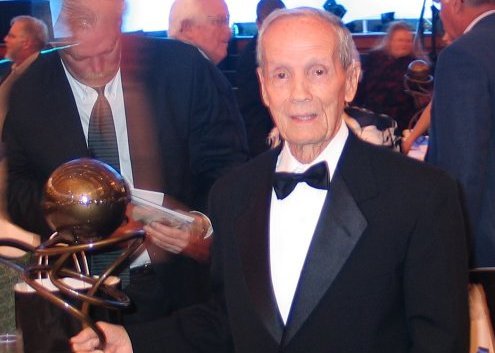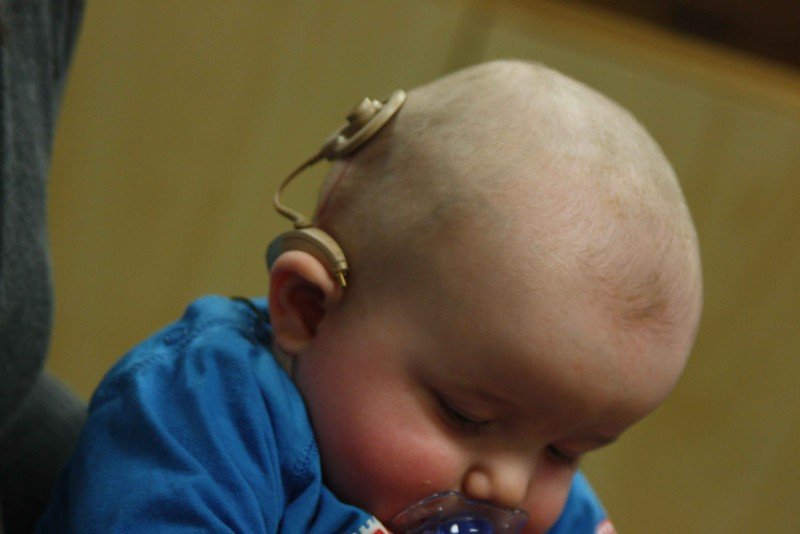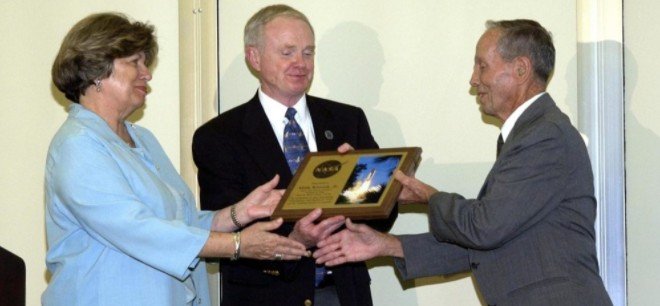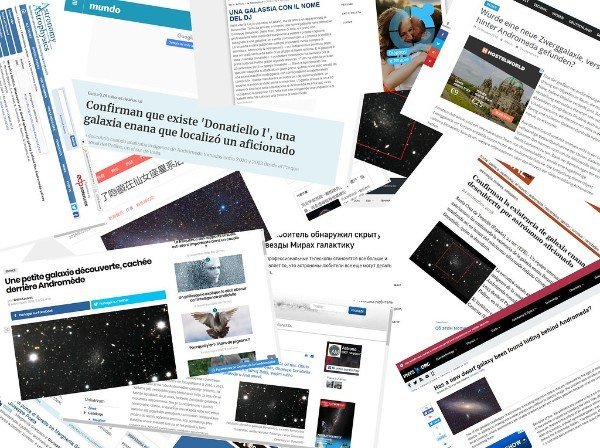Adam M. Kissiah, Jr. Invented the Cochlear Implant
This article provides a summary of Adam Kissiah’s paper on the history of the cochlear implant.
Read Adam Kissiah’s full paper on The History of the Cochlear Implant.
The idea for artificial or electronic correction of hearing loss was first publicized in 1957. The French team of Djourno and Eyries implanted a patient with a single electrode inserted into the middle ear cavity near the auditory (8th cranial) nerve. They were able to transmit perceivable “noise” to the patient.
Early Pioneers
Beginning in the nineteen sixties, the most noted and recognized pioneer in basic hearing stimulation research in the United States was Dr. Wm. F. House of the House Ear Institute (HEI), located in Sylmar, CA.
The second person or group to recognize is Dr. Graeme Clarke of Sydney, and the University of Melbourne, Australia. They were the forerunners of Cochlear Corporation, Ltd. and Cochlear Americas, Ltd.
They are the second (of three) significant manufacturers. The Australian government highly supported Dr. Clark and colleagues, and their program was on par and eventually exceeded the level of development and production of Dr. House and the USA research programs.
The third major manufacturer of cochlear implants is Med-El Corporation in the USA and Med-El, Ltd., whose Headquarters are located in Innsbruck, Austria. Ingeborg and Irwin Hochmiar are Executive Directors. Primary U.S. Offices are in Raleigh-Durham, NC.
Other Contributors
Many other private, governmental, and university research institutions contributed to cochlear implant research. See references in Wikipedia’s “Cochlear Implant History “.
Early implants did not yet employ the principles of synthesis of the audio spectrum to the fullest extent. Nor did they employ the necessity for simultaneous (parallel) application of the place-specific-electrical audio stimuli directly to specific locations within the inner ear (cochlea) and the acoustic nerve. This was specified in patent 4,063,048 Reissue 32031, 09/82.
As a result, the patients of this time sensed primarily background noises. They did not enjoy the full potential of the intelligence and communication factor of the spoken word, except as an aid to lip-reading. This new life sense did, however, achieve the highly desirable result of enabling deaf persons to emerge from the isolation of silence and enter the world of sound. As a result, this significantly improved their sense of “attachment” to society.
After Patent 4063048 (Dec 1977) issuance, Dr. Blair Simmons and Dr. Robert White of the Stanford University Stimulus Program produced significant results in their early 1980s Cochlear implant development. This was part of their Bioear program with Biostim, Inc. and Adam Kissiah.
This program is significant because it provides one of the first model implants employing specifications from Patent 4,063,048. As time progressed, this proved to be one of the initial basic designs of successful implants today.
NASA and Adam Kissiah
NASA and Adam Kissiah are, therefore, due exceptional recognition. This is because NASA provided funds for patenting, advertising, and transferring this critical and vital technology to the public. They accomplish this through their emphasis and promotion of their system of technology commercialization.
See NASA’s Spinoff. Also, on NASA’s website, read the article “Hearing is Believing.”
More than 50 subsequent patent applications have referred to 4,063,048 as prior art in that field. This patent is the INITIAL PATENTED DESIGN (INVENTION) OF THE COCHLEAR IMPLANT. This is an example of a positive discovery emanating from space research among NASA’s many thousands of electro-technology transfers.
Additional Information
This article provides a brief history of the cochlear implant, including who had the original patent and who was the original inventor of the device.
Henry Ford’s Model T automobile of the early 1900s and the Cadillac models of the modern era have the same basic design. All cars possess a frame, four wheels, power source, transmission, steering wheel, brakes, etc., but differ greatly in the details of the final design.
Likewise, all cochlear implants must incorporate the same basic design to be capable of “detecting” or “demodulating” intelligence from the human voice (primarily) residing within an electronic signal.
The successful cochlear implant must also be capable of converting the detected intelligence (pattern) into an appropriate electronic format for application to the acoustic (eighth cranial) nerve. Then, it further transmits the encoded pattern to the brain’s hearing center, where the brain interprets it as meaningful information.
That is why implants from all three major manufacturers work equally well in functionality. However, the devices are pretty different in final design enhancements.
Adam Kissiah first described the design of this basic conversion process. It was first exposed to the public when it was revealed to James O. Harrell, Esquire, Patent Counsel to NASA’s John F. Kennedy Space Center, in July 1974. Mr. Harrell also advised exposure to another person capable of understanding the concept.
This was completed successfully on August 01, 1974. Subsequent Patent Office search and patent application for letters of the patent were completed in May 1977. Patent 4,063,047 was issued to Adam M. Kissiah, Jr. on December 13, 1977. Subsequently, Reissue 31031, which further improved the design, was issued in September 1982.
Some designs and intra-cochlear implants made by others before the time periods above were successful from a surgical and medical point of view. There were equal proclamations and claims of being “firsts” in cochlear implantation. Indeed, many vital advances in cochlear implantation occurred during the 1960s and 70s.
These previous implants could provide background sounds and some aid to lip-reading. This enabled patients to attain a most welcome sense of “attachment” to the world of sound. However, earlier implants could not provide significant comprehension of the intelligence of the spoken human voice.
A greater understanding of voice intelligence was accomplished as the designs described in Patent 4,063,048 were utilized in subsequent cochlear implants. Although Adam Kissiah was a full-time employee with NASA at the Kennedy Space Center, he was a consultant in an implantation program during the early 1980s. This was through a license agreement from Kissiah to Biostim, Inc.
Biochim, in turn, participated (also by contractual agreement) with Stanford University Dr. F Blair Simmons, principal investigator, during a series of cochlear implants.
So, the answer to the question “Who Invented The Cochlear Implant?” is, “Adam M. Kissiah, Jr. Invented the Cochlear Implant.”
For more information, read the following research paper on the History of the Cochlear Implant and Cochlear Implant Technology:
Cochlear Implant History, History of the Implantable Hearing Device
Cochlear Implant Technology
Adam M. Kissiah, Jr.
NASA-Kennedy Space Center, Retired
Institute of Electrical and Electronics Engineers (IEEE)
Life-Senior Member
Southeast Region, Cape Canaveral Section
View the paper on the History of the Cochlear Implant and Cochlear Implant Technology by clicking on the link below.
Following is a brief overview of the paper:
Abstract – Cochlear Implant History
The paper provides a brief history and description of the Cochlear Implant. It includes information on early research, development, and experimentation. Also, it covers the implementation of the implant plus the names of many of the most renowned developers and producers.
Section 2: Adam Kissiah’s involvement in hearing research came after the experience of personal hearing loss onset in the early 1970s. He developed the design of basic specifications for simulating the electronic functioning of the inner ear (cochlea) in humans.
Kissiah’s subsequent award of Patent (4,063,048, December 13, 1977) was accomplished through the Kennedy Space Center’s Technology Commercialization Program and Patent Counsel, James O. Harrell, Esq.
Section 3: How our natural hearing mechanism works and how the Cochlear implant works to correct hearing loss.
In Section 4: Information regarding implant availability, including manufacturers, costs, clinics, surgical aspects, and post-operative activation (therapy) considerations.
Section 5: Sources for additional information.
View the paper on the History of the Cochlear Implant and Cochlear Implant Technology
Questions and Comments
Please comment below if you have any questions about the cochlear implant’s history.




